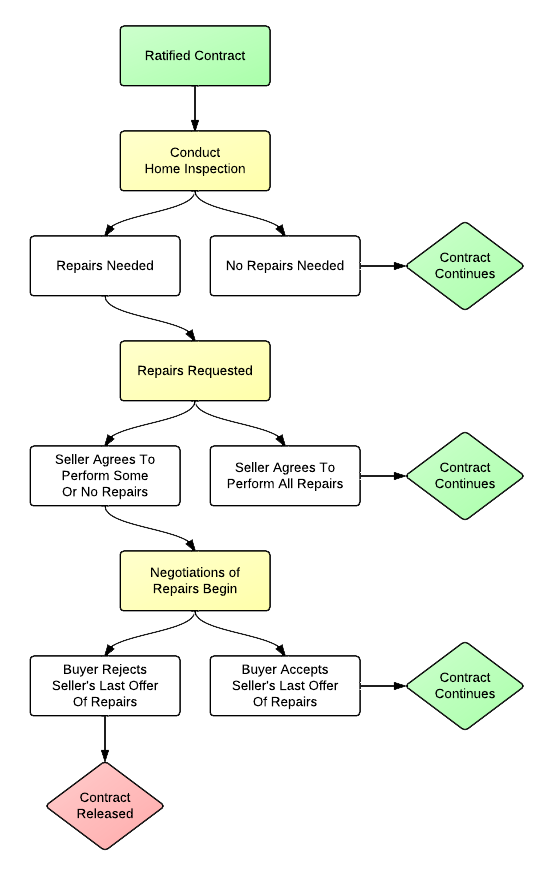Brought to you by Scott P. Rogers, Funkhouser Real Estate Group, 540-578-0102, scott@HarrisonburgHousingToday.com
Brought to you by Scott P. Rogers, Funkhouser Real Estate Group, 540-578-0102, scott@HarrisonburgHousingToday.com
Wednesday, August 22, 2012

The first thing to know about the home inspection process is that it is a process for the benefit of the buyer. However, the standard contingency form and negotiation document typically used in our market are balanced documents that attempt to respect the needs and priorities of both the buyer and seller.
The Context
When making an offer on a property, a buyer negotiates the price and other terms based on their understanding of the property at the time of the offer. However, often buyers will include a home inspection contingency to allow themselves an opportunity to learn more about the property with the help of a professional home inspector.
Thus, if a buyer negotiates a contract on a house that has two broken windows, it would not be reasonable to try to negotiate for the repair of the windows during the home inspection process, since that fact was already known about the house --- but if a leaky sink is discovered, it would be perfectly reasonable to request that repair.
The Substance
The standard inspection contingency references a long list of areas for inspection, including: geotechnical inspections, inspections of the structure, foundations, roof, flooring, HVAC systems, electrical system, plumbing system, appliances, exterior insulation finishing systems, drainage, windows, well and septic systems, and lead-based paint and radon.
Yet at the same time, the inspection contingency specifies that the buyer may only request the repair of "material defects" which is described as "those items that could affect the decision of a reasonable person to purchase the Property" and would not include "cosmetic items, matters of preference, or grandfathered systems or features that are properly functioning but would not comply with current building codes if constructed or installed today."
The Flow
Post-inspection, a buyer may provide the seller with a list of requested repairs. The seller would then respond by offering any of the following:
- agreeing to make all repairs
- offering to make some repairs and/or provide some sort of credit to the buyer
- declining to make any repairs or monetary concessions
The Problems
Potential pitfalls during the inspection and re-negotiation process include:
- the buyer unreasonably requesting the repair of non-material defects
- the buyer unilaterally deciding they do not want to buy the house because of what is discovered through the inspection process --- while the seller agrees to make all repairs
- an inspector who in his/her efforts to provide the best possible service to the buyer ends up providing a detailed inspection report that makes the buyer overwhelmed by the needed repairs
- the seller thinks the "deal is done" when the contract is ratified, and doesn't realize that further negotiation might be necessary as the buyer learns more about the property during the inspection process
